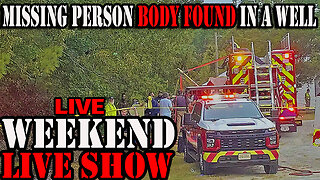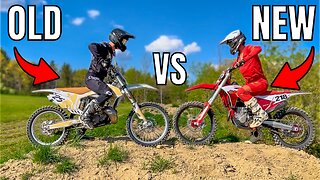NASA Admits Apollo 11 Moon Landing is a Hoax After Mentions Space Is Not Real
A. Contingency sample collection. Achieved.
E. Lunar surface characteristics. Achieved.
F. Bulk sample collection. Achieved.
H. Lunar environment visibility. Achieved.
2. To obtain data to assess the capability and limitations of the astronaut and his equipment in the lunar surface environment.
B. Lunar surface extravehicular operations. Achieved.
C. Lunar surface operations with extravehicular mobility unit. Achieved.
D. Landing effects on lunar module. Achieved.
G. Location of landed lunar module. Partially achieved. The LM crew was unable to make observations of lunar features during descent. The command module pilot was therefore unable to locate the lunar module through the sextant. Toward the end of the lunar surface stay, the location of the lunar module was determined from the lunar module rendezvous radar tracking data, which was confirmed post‑mission using descent photographic data.
I. Assessment of contamination by lunar material. Achieved.
L. Television coverage. Achieved.
M. Photographic coverage. Achieved.
1) Long distance coverage from the command module.
2) Lunar mapping photography from orbit.
3) Landed lunar module location.
4) Sequence photography during descent, lunar stay, and ascent.
5) Still photographs through the lunar module window.
6) Still photographs on the lunar surface.
7) Close‑up stereo photography.
Experiments
1. S-031: Passive seismic experiment. Achieved.
2. S-059: Lunar field geology. Partially achieved. Although two core tube samples and 15 pounds of additional lunar samples were obtained, time constraints precluded collection of these samples with the degree of documentation originally planned. In addition, time did not permit the collection of a lunar environmental sample or a gas analysis sample in the two special containers provided. It was, however, possible to obtain the desired results using other samples contained in the regular sample return containers.
3. S-078: Laser ranging retroreflector experiment. Achieved.
4. S-080: Solar wind composition. Achieved.
5. S-151: Cosmic ray detection. Achieved.
6. M-151: Pilot describing function. Achieved.
Launch Vehicle Objectives
1. To launch on a variable 72° to 108° flight azimuth and insert the S‑IVB, instrument unit, spacecraft into a circular Earth parking orbit. Achieved.
2. To restart the S‑IVB during either the second or third revolution, and injection of the S‑IVB, instrument unit, spacecraft into the planned translunar trajectory. Achieved.
3. To provide the required attitude control for the S‑IVB, instrument unit, spacecraft during the transposition, docking, and ejection maneuver. Achieved.
4. To use residual S‑IVB propellants and auxiliary propulsion system after final launch vehicle/spacecraft separation, to safe the S‑IVB, and to minimize the possibility of the following, in order of priority:
a. S‑IVB/instrument unit recontact with the spacecraft. Achieved.
b. S‑IVB/instrument unit Earth impact. Achieved.
c. S‑IVB/instrument unit lunar impact. Achieved.
-
 0:30
0:30
steveinman
1 day agoBrotherly Love
19.2K2 -
 2:58:53
2:58:53
Jewels Jones Live ®
1 day agoVIOLENT RHETORIC | A Political Rendezvous - Ep. 92
37.2K44 -
 1:13:17
1:13:17
Exploring With Nug
12 hours agoMissing Person's Remains Found In Virginia Well
16.5K13 -
 2:00:56
2:00:56
Tate Speech by Andrew Tate
9 hours agoEMERGENCY MEETING EPISODE 76 - GYAL DEM
219K358 -
 23:06
23:06
MYLUNCHBREAK CHANNEL PAGE
23 hours agoThe Old World is in The Catacombs? - Part 3
36.4K40 -
 LIVE
LIVE
Right Side Broadcasting Network
5 days agoLIVE REPLAY: Pres. Trump Holds a Rally in Wilmington, NC on Jobs, Inflation, & the Economy - 9/21/24
5,264 watching -
 47:18
47:18
Vigilant News Network
23 hours agoShocking Details Emerge About Trump’s Would-Be Assassin and “Wife” | The Morning Catch Up
70.6K52 -
 1:01:43
1:01:43
Michael Franzese
1 day agoDemocrat Party is Evil: The Border, Cover Ups, Fraud | Michael Franzese LIVE! Ep. 19
86.9K77 -
 12:04
12:04
Liam Reid
1 day ago9-Year-Old 250 2 Stroke vs Modern 4 Stroke!
81.9K9 -
 15:07
15:07
CartierFamily
2 days agoRepublican CALMLY DISMANTLES CNN Host Over GOP Denied Bill! 🔥
89.6K163